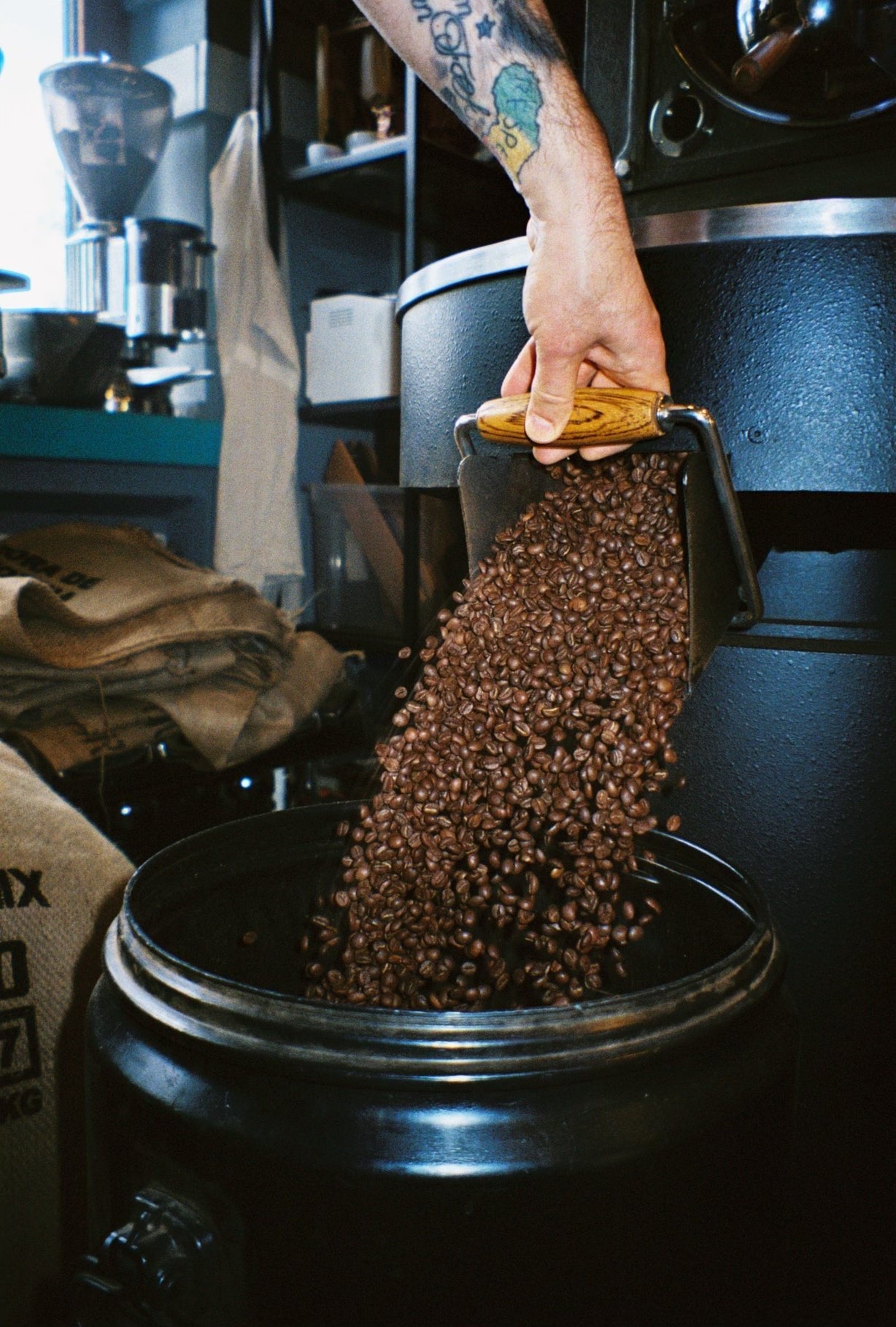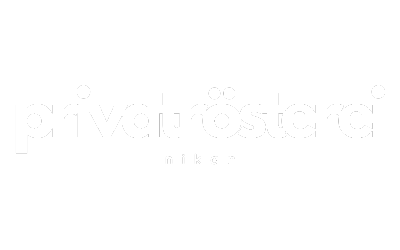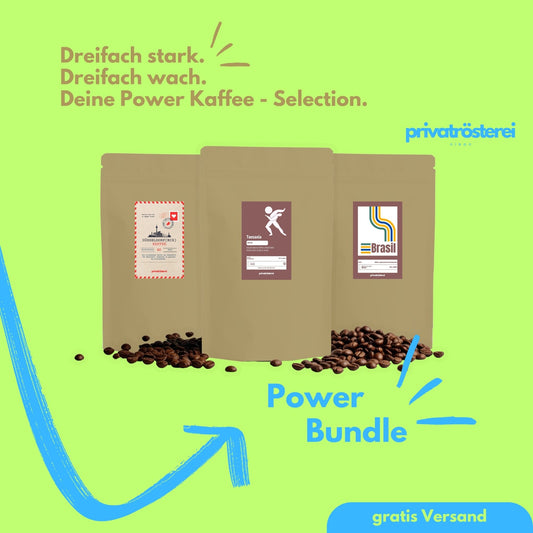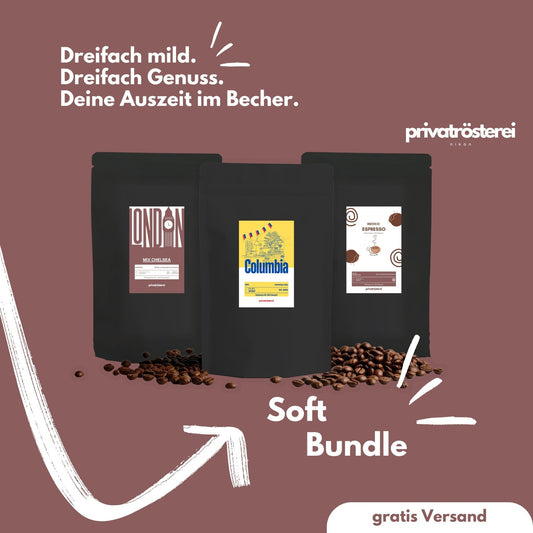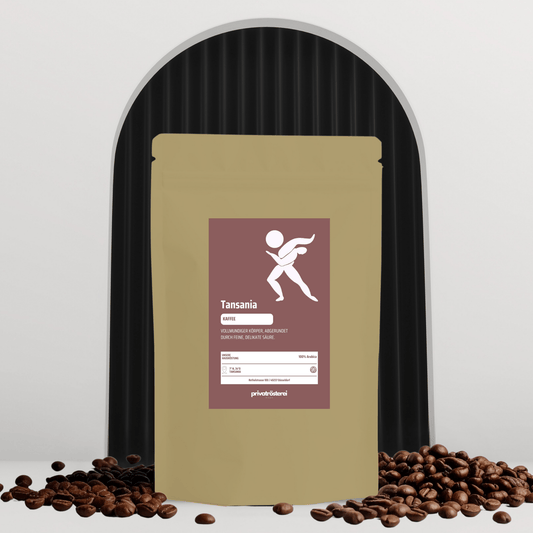It wasn't that long ago that coffee became a pleasure accessible to the majority of our society. Until the 19th century, coffee was considered a beverage that indicated prosperity and was therefore reserved for the wealthier segment of the population.
But that gradually changed with explorers who brought the beloved beans back as souvenirs from their expeditions and spread them across the planet. The demand for the bean grew steadily until, in the 1930s, the price structure of coffee finally changed, making it affordable for everyone. This marked the beginning of a coffee revolution that has undergone three distinct developments to date. Each development describes a different attitude toward coffee consumption.
The first wave of the coffee revolution
Between 1930 and 1960, the elite consumption of coffee evolved into mass consumption. Never before had such large quantities of beans been traded and consumed. From then on, coffee found its way onto supermarket shelves as a pre-ground and vacuum-packed luxury item. It had finally reached mass market acceptance. At the same time, electric coffee machines and hand-held filters entered households. Filter coffee was en vogue, as was espresso. But the takeaway coffee business also boomed. With coffee houses springing up like mushrooms, coffee enjoyment became increasingly differentiated. A market was found in which money could be made. This very market immediately ushered in the second wave of the coffee revolution in the 1960s.
The second wave of the coffee revolution
More and more coffee houses and international coffee chains conquered the cities. They made coffee street-friendly and created a veritable "cult": The to-go coffee was invented, designed for people who didn't want to miss out on their wake-up hot beverage on their way to work. It remained a mass product. Consumption remained the priority, and still at an affordable price. The new to-go products were mixed with syrup, artificial flavors, and plenty of milk, the combination of which was intended to disguise the taste of the often inferior beans. At the same time, fully automatic coffee machines found their way into offices and some private households. At the touch of a button, any type of coffee, from espresso to latte macchiato, could now be prepared. Capsule and pod machines also enjoyed great popularity.
At the beginning of the 1990s, the third wave began to emerge. It eventually spread from America to Europe and across the globe. The third wave of the coffee revolution is commonly referred to as the Third Wave Movement.
The third wave of the coffee revolution
Since the 1990s, a shift in attitude toward coffee has been taking place, accompanied by a shift in consumer attitudes toward coffee. The focus is increasingly returning to the coffee itself, its growing region, and its preparation. Where does the coffee come from? How is it cultivated? Is it cultivated sustainably? Are the wages and working conditions fair? These are questions that third-wave coffee connoisseurs are grappling with. They no longer see coffee as a mass product, but as a luxury item whose quality clearly takes precedence over quantity. Cheaply produced coffee made from inferior beans is being sidelined. Instead, there is growing acceptance of digging deeper into one's wallet for good coffee.
And you can taste the difference: The entire production process, from harvest to roasting, is carried out slowly and conscientiously with the utmost care. The beans are lightly roasted, thus retaining their mild flavor, which allows the aromas of different coffee varieties the necessary space to develop. Flavor nuances ranging from nutty to chocolatey in South American coffee beans, to the delicate, clear flavor of Central American beans, to the berry and fruity flavors of African beans, have been available in so-called third-wave coffee houses since the third wave.
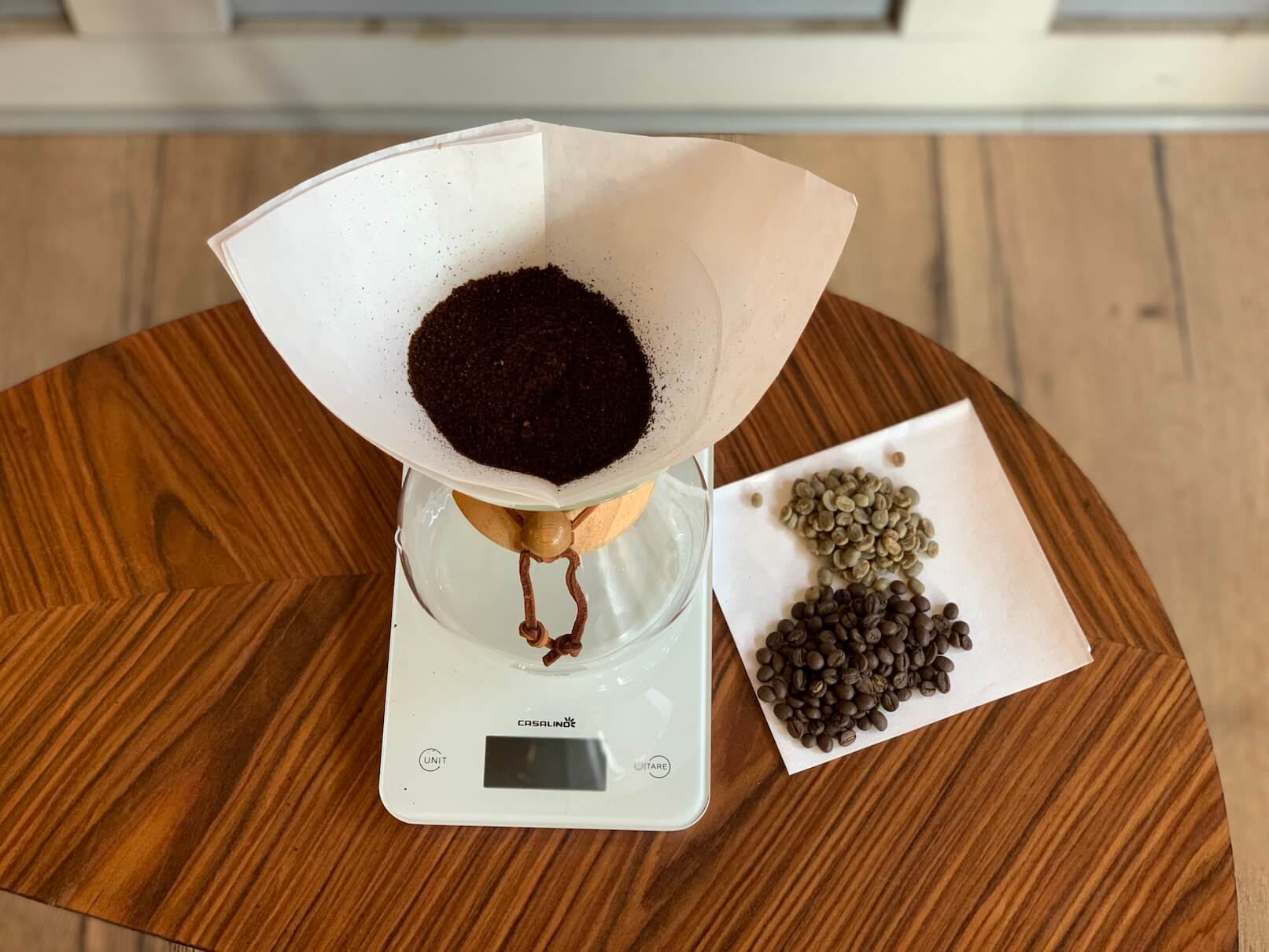
Image: Coffee preparation with the Chemex
In addition to focusing on high-quality coffee, the third wave of the coffee revolution also aims to revive traditional brewing methods. Instead of using fully automatic coffee machines, coffee is brewed using hand-held filters, a siphon, or a Chemex . An alternative method is using an espresso machine or a French press.
In Germany, Third Wave coffeehouses now exist in every major city. They place particular emphasis on the quality, cultivation, and production of coffee beans. They combine time-honored production traditions with modernity, which is expressed in the design and interiors of the coffeehouses. Delicate, airy works of art, known as latte art, on the milk foam of various coffee specialties, symbolize the coffee craft in numerous Third Wave coffeehouses, which requires extensive expertise.
This is appreciated in the time that Third Wave followers devote to coffee: they sometimes take as much time to enjoy coffee as they do to enjoy a good wine or a tea made from carefully selected leaves.
